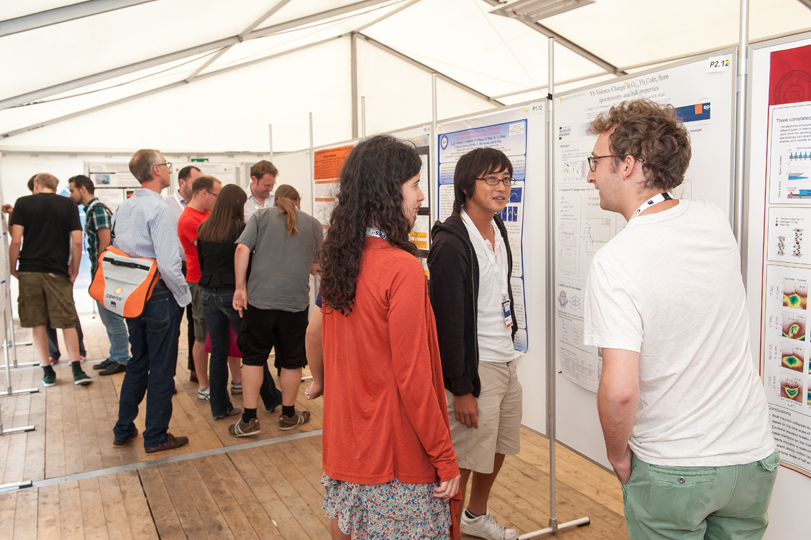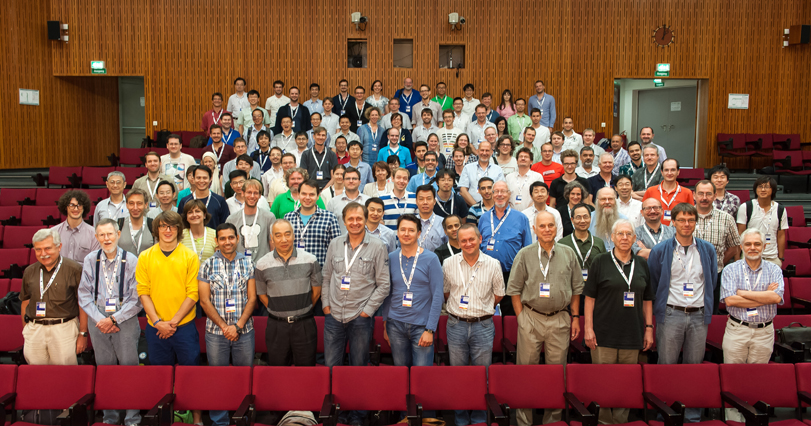CORPES meeting puts spotlight on photoemission spectroscopy
Fifth meeting on photoemissions of correlated materials hosted by European XFEL
From 29 July to 2 August 2013, European XFEL hosted the CORPES13 conference, where 170 physicists from around the world presented results from research in photoemissions of electron correlated materials.
Correlated materials have their electrons patterned in a way that gives the materials special characteristics such as superconductivity. Photoemission experiments, or the study of electrons produced through the energizing of matter by photons, can reveal much detail about the structure and characteristics of substances. In particular, photoemission spectroscopy can show how superconductors gain their special electrical capabilities. With better understanding of the physical nature and origin of superconductivity, scientists can work toward creating better superconducting materials.

The advent of X-ray free-electron laser facilities has helped move the field forward. In particular, the brilliance, the ultrashort duration, and the high repetition rate of the photon pulses of the European XFEL facility will allow scientists to see exactly how magnetic or superconducting phenomena form in correlated materials.
“The emergence of new, powerful X-ray sources, such as free-electron lasers, offers new possibilities for studying these fascinating systems”, European XFEL Management Board Chairman Massimo Altarelli said in a statement prior to the conference. “The physics of strongly correlated electron systems still poses formidable challenges to our understanding, and photoemission spectroscopy has been a central and very important tool to shed some light on these systems”.
“Already people are starting to think about experiments at our facility”, said Serguei Molodtsov, Scientific Director at European XFEL and Chair of the Organizing Committee for CORPES13. “Under the umbrella of European XFEL, new collaborations are forming”.
The CORPES13 meeting allowed experimentalists and theoreticians to meet and plan their next projects. This was the fifth CORPES meeting, which is held every other year, and the first to be held at European XFEL. Previously, the meeting had been held in Dresden by its founders at the Max Planck Institute for the Physics of Complex Systems, then at the Swiss Light Source in Zurich/Villigen, Switzerland, and the Advanced Light Source in Berkeley, California.
"CORPES13 was successful all along the line", said CORPES International Programme Committee Chair and University of Hamburg Professor Michael Potthoff. "Prospects and challenges brought up by new light sources, novel experimental photon-based techniques and time-resolved measurements have been discussed and related to innovative theoretical ideas".
Visit the CORPES13 website for more information: http://corpes13.xfel.eu/
